Want to influence the people in your social circle in a friendly way? Want to create a lasting impact on your business clients and audience? Learning the most popular persuasion theories can help you greatly.
Persuasion is a skill that takes a lot of practice to master. Understanding the psychology behind how people are persuaded can help us deliver information more effectively and be more influential in our personal and professional lives. “The hacks for conversion and persuasion begin with psychology… To understand persuasion and social media influence, to get at the heart of conversion and likes, it helps to understand how your audience thinks and feels,” writes Kevan Lee, VP of Marketing at Buffer.
Related: 6 Mind Hacks To Persuade Anyone For Anything in Just 10 Seconds
Persuasion vs manipulation
Before you can gain mastery over the art of persuasion, it is crucial that you realize the difference between manipulation and persuasion. And the primary difference between the two is truth and honesty. Persuasion involves a lot of honesty while manipulation is riddled with lies.
“In the use of persuasion, the other person knows that we are trying to convince them of something because we have shared it with them. Instead, in manipulation, you tend to hide or disguise this fact,” explained an article in Exploring Your Mind.
Persuasion is an art and skill that provides you the ability to influence other individuals in a friendly, honest, and mutually-beneficial way. When you understand the difference between being persuasive and being manipulative, developing the right persuasion skills can prove to be highly beneficial for your career and life. Moreover, it can also empower you to help others as well.
But how can you persuade someone better? This is why we need to understand a few basic psychological theories that have been established and proven by science. So if you want to improve your persuasion skills, today we are going to talk about 10 popular persuasion theories that will help you to persuade and influence your audience.
Top 10 Persuasion theories you must know
Here we are going to take a brief look at the 10 most popular persuasion theories which can make you more influential and your audience more receptive. Take a look.
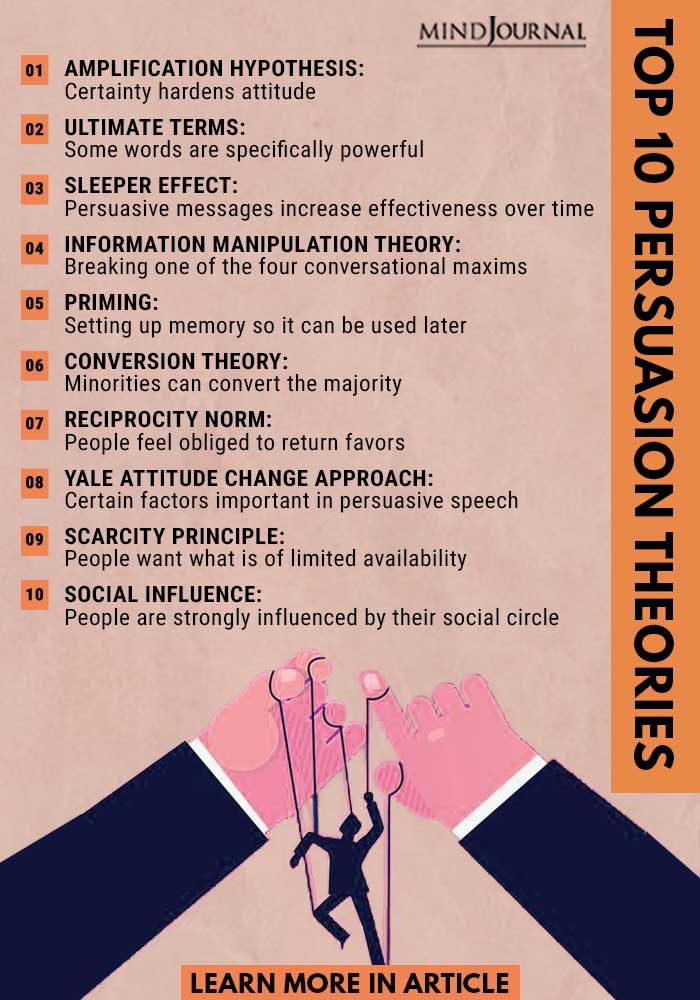
1. Amplification Hypothesis
According to this theory by Clarkson, Tbormala, and Rucker, your chances of persuading others will improve if you can project the attitude as your listener. Kevan Lee writes “When you express with certainty a particular attitude, that attitude hardens. The opposite is true as well: Expressing uncertainty softens the attitude.”
The amplification hypothesis proposes that when the attitude for delivering an argument is determined, then it can get rather resistant to persuasion. When you are more emotional while presenting to someone who prefers a cognitive approach, you will have no impact on them. The same logic is applied to the reverse.
2. Ultimate Terms
One of the simplest yet most effective persuasion theories is the use of ultimate terms. Words can be highly powerful and certain words have more impact than others. “The choice of words we use when delivering arguments can have a profound influence on others,” adds Psych2go. This theory proposes that there are 3 types of persuasive words that we can use to influence others. These include:
- God terms: These power words demand obedience or carry blessing. This includes terms like value and progress.
- Devil terms: These refer to negative words that evokes feelings of disgust and hatred, like dangerous, narcissist, toxic or even rapist.
- Charismatic terms: These are words that are intangible in nature and are usually less noticeable. For instance, contribution and freedom.
Related: How To Spot Manipulation
3. Sleeper Effect
This theory refers to the strategy of using messages with subtle persuasion and increasing them in frequency over time. The least persuasive messages most of the time come from sources that aren’t much credible. However, when the message is separated from its source, it can become persuasive.
Kevan adds “Persuasive messages tend to decrease in persuasiveness over time, except messages from low-credibility sources. Messages that start out with low persuasion gain persuasion as our minds slowly disassociate the source from the material.”
4. Information Manipulation Theory
This theory uses the four components that form the truth to influence someone. The Information Manipulation Theory “involves a persuasive person deliberately breaking one of the four conversational maxims,” adds Kevan.
The four maxims are:
- Quantity: Information provided is full and complete.
- Quality: Information provided is accurate and truthful.
- Relation: Information is relevant to the current conversation.
- Manner: Information is delivered in an easily comprehensible way with non-verbal language and gestures that support the statement
Although this is one of the rare persuasion theories that mention the term manipulation, as long as you provide truthful information, this theory can be applied logically, sensibly, and without fear or worry. However, you must be sincere and possess adequate knowledge regarding the topic being discussed.

5. Priming
We can influence someone through stimuli that affect the way they think, behave and act in the short run. “Priming occurs when a stimulus is provided by the persuader that may influence someone’s thoughts and actions, even when the stimulus is non-related.” explains Psych2go. Priming can exist in multiple ways and the main intention is to “either introduce new thoughts or bring old thoughts from the subconscious up to the surface,” it adds.
It is a strategy that often uses wordplay to trigger the person being primed. It depends largely on associations that are deeply ingrained in our memory. So by activating a memory or a sensation, we can trigger everything associated with that memory for a short while.
According to Exploring Your Mind, “Priming has to be very subtle. This way, the person that is being stimulated is not aware of how they are being stimulated.” However, they are aware that “they are in a state of influence,” else this would become manipulation.
Related: Priming Psychology: How To Influence Someone’s Thoughts and Behaviors
6. Conversion Theory
This is one of the most well-known persuasion theories which shows how a minority group can successfully persuade the majority group to accept their views and support their cause. This notion is firmly based on four primary factors – resistance, confidence, consistency, and being unbiased.
“The minority in a group can have a disproportionate effect on influencing those in the majority,” explains marketing expert Kevan Lee. He believes that usually people in the majority are highly susceptible and may join the minority’s cause as they believe there is no other option or it is the easier choice. Kevan adds “Consistent, confident minority voices are most effective.”
7. Reciprocity Norm
“A common social norm, reciprocity involves our obligation to return favors done by others,” writes Kevan. There is an unwritten social rule that if you give or offer something to someone, you should await for the person to return that favor. Although it is socially accepted and established, this is not a voluntary action.
According to Psych2go, “Reciprocity is commonly practiced in which one person helps someone else so that the other individual returns the favor later down the road.” So when you give your time, attention, or money to someone and they appreciate it, then it can be expected that the person will return the favor when you need it.
However, you must also make sure that you don’t give excessively and then ask them to return the favor.
8. Yale Attitude Change Approach
This is one of the few persuasion theories that have been extensively studied for years. Based on significant research conducted by Yale University, this theory discovered various factors found in persuasive communication and speech. These include the attractiveness and credibility of the speaker, the ideal target demographics, and when & how the message is delivered.
Psych2go states this theory “emphasizes that the speaker should not be so quick to persuade and ease into using this approach slowly. If the speaker is too enthusiastic to use it, the audience will grow aware that it is being used and it won’t be effective.”
Related: The Kubler Ross Change Curve: Understanding The 5 Stages Of Change
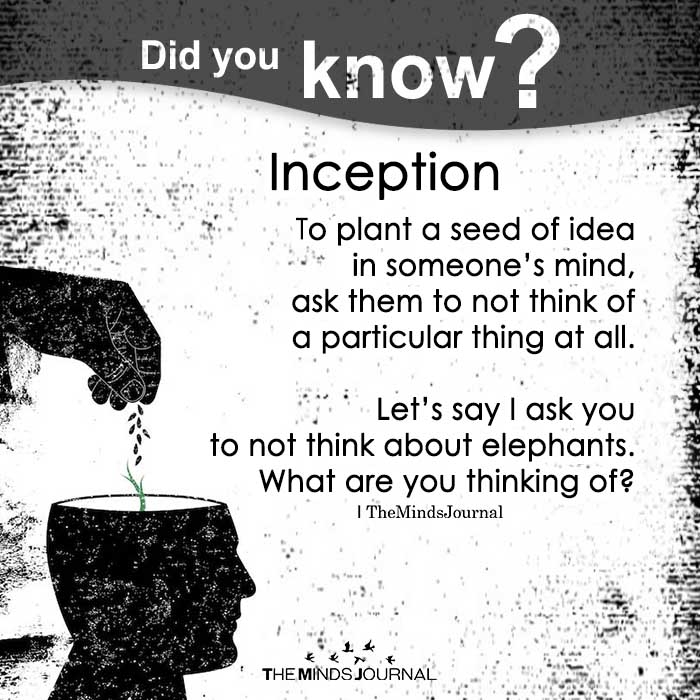
9. Scarcity Principle
All of us want the right to make decisions, choices and even control our surroundings. Hence, when we find that something has become scarce, even if we didn’t consider it important earlier, we will have a stronger desire to acquire it. The scarcity principle is widely used in marketing and retail to persuade people to buy things they don’t want to.
Kevan Lee explains “You want what is in short supply. This desire increases as you anticipate the regret you might have if you miss out by not acting fast enough.” So if you want to persuade your audience, then you need to convince them that what you have to offer is scarce. When your offering is available for a limited time, people will feel pressured to make faster decisions and get what you have to offer.
Psych2go adds “If the object being sold is desirable, the individual is more likely to be persuaded to buy it soon, fearing that if they wait too long, then others will get to it first.”
10. Social Influence
Last but definitely not least, this is perhaps one the most widely known persuasion theories, thanks to social media and online influencers. Influence from our social circle can encourage us to change our perceptions and behavior. Depending on the relationship we have with the influencer, social influence can be a highly effective persuasion technique. However, one needs to be aware of the three main aspects of social influence, namely obedience, compliance, and conformity.
“We are influenced strongly by others based on how we perceive our relationship to the influencer. For example, social proof on web copy is persuasive if the testimonials and recommendations are from authoritative sources, big brands, or peers,” writes Kevan Lee.
Related: 14 Handy Social Skills That’ll Make You More Likable Instantly
Persuasion is an art
Well, there you have it!
These are the most popular persuasion theories that can help you understand the psychology behind influencing others and empower you to convince people in a truthful and honest way. It is highly likely that you have already put some of these theories into practice without even knowing it.
However, now make an attempt to implement these strategies deliberately while you are speaking with your audience or delivering your message to persuade your listeners and create the best impact.
Here is an interesting video that you find helpful:
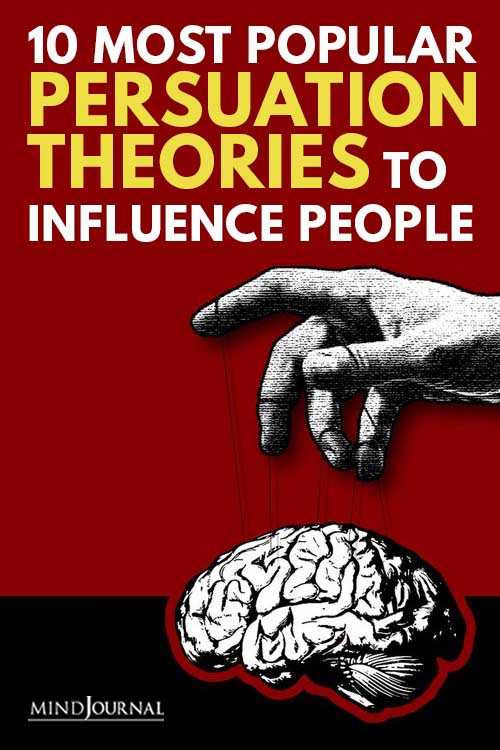
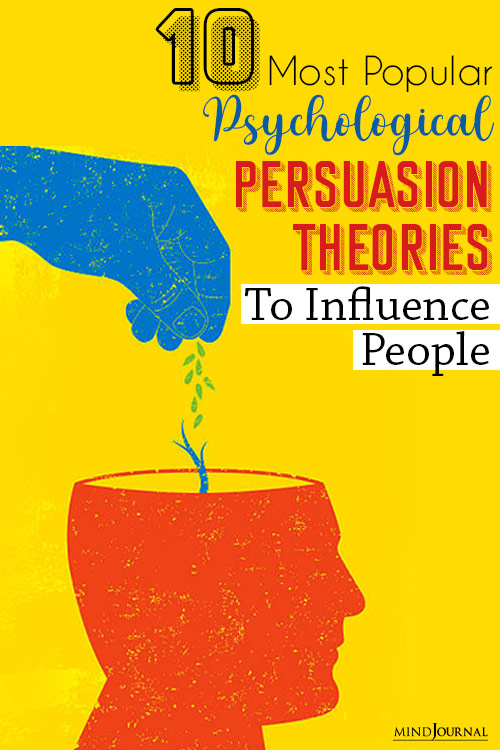
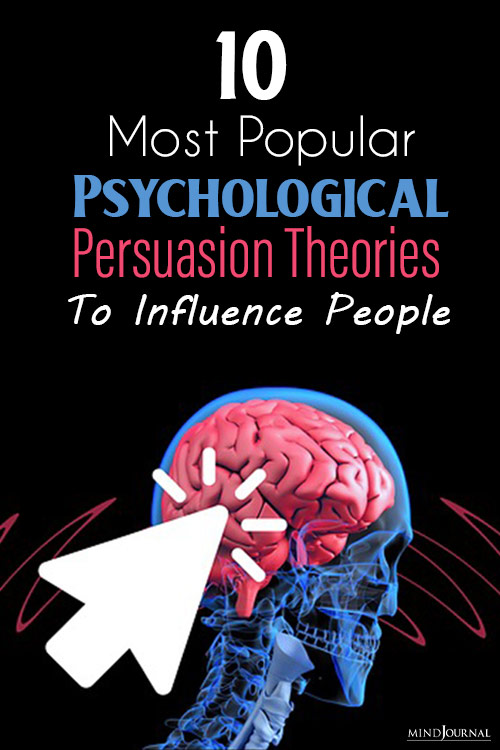
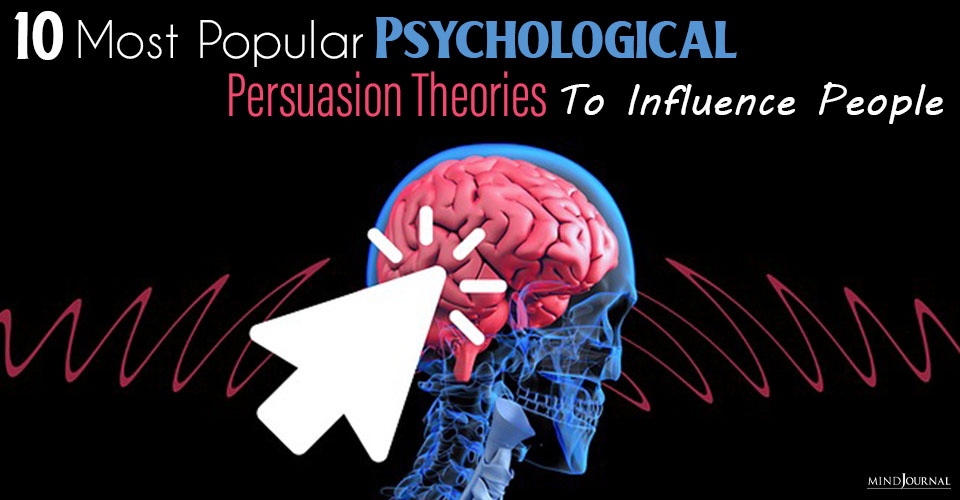

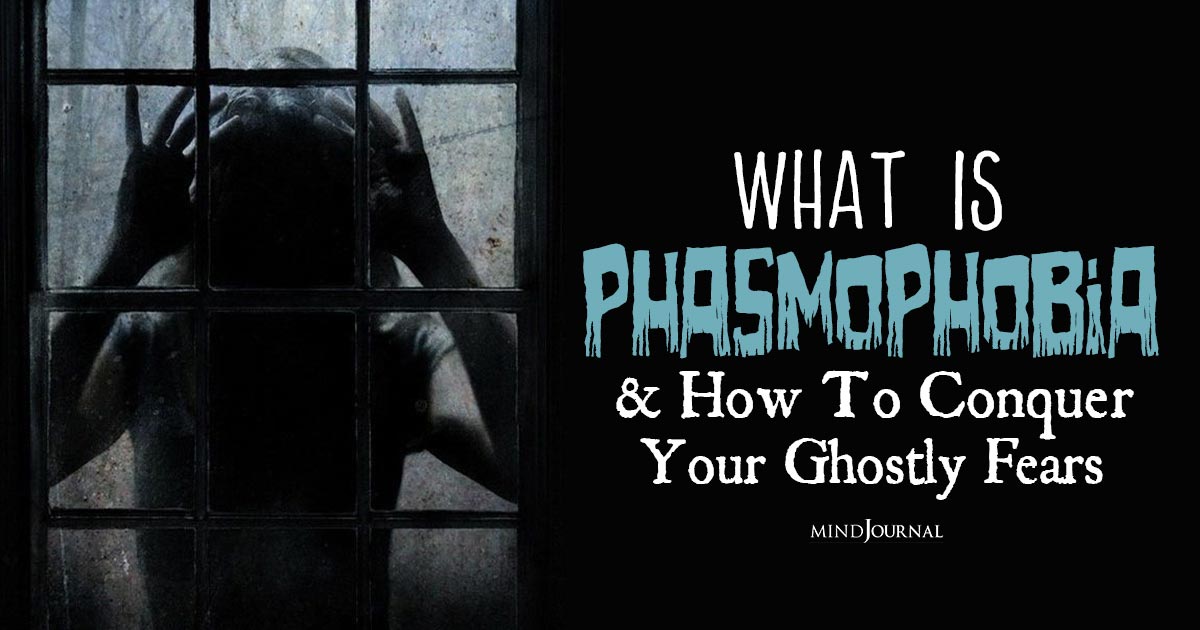
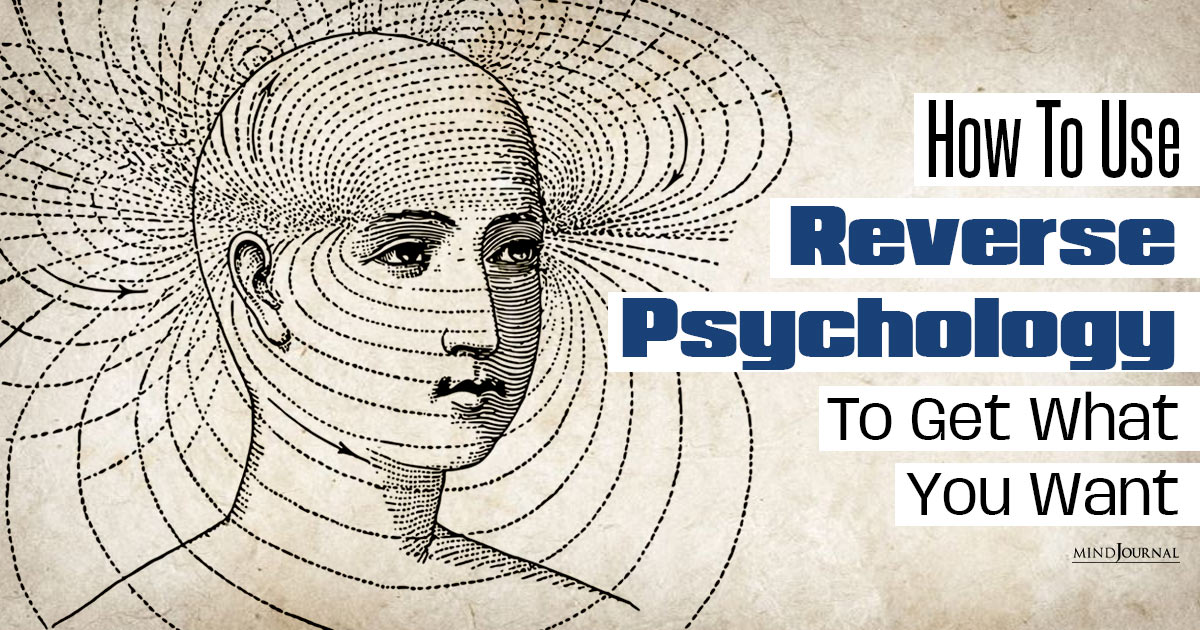

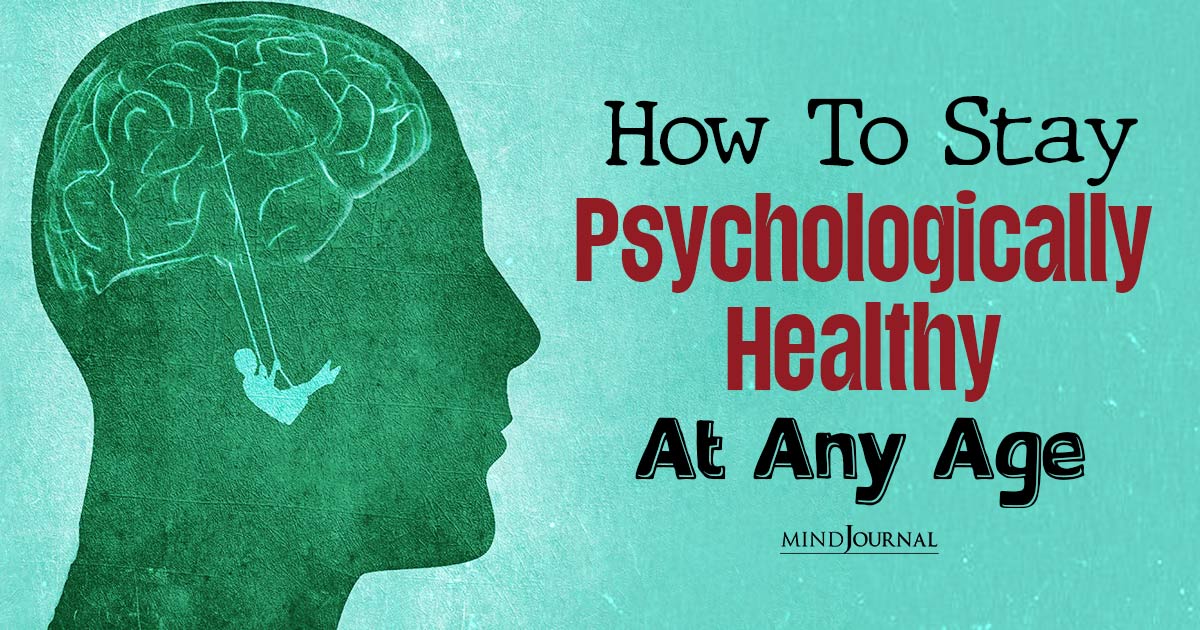
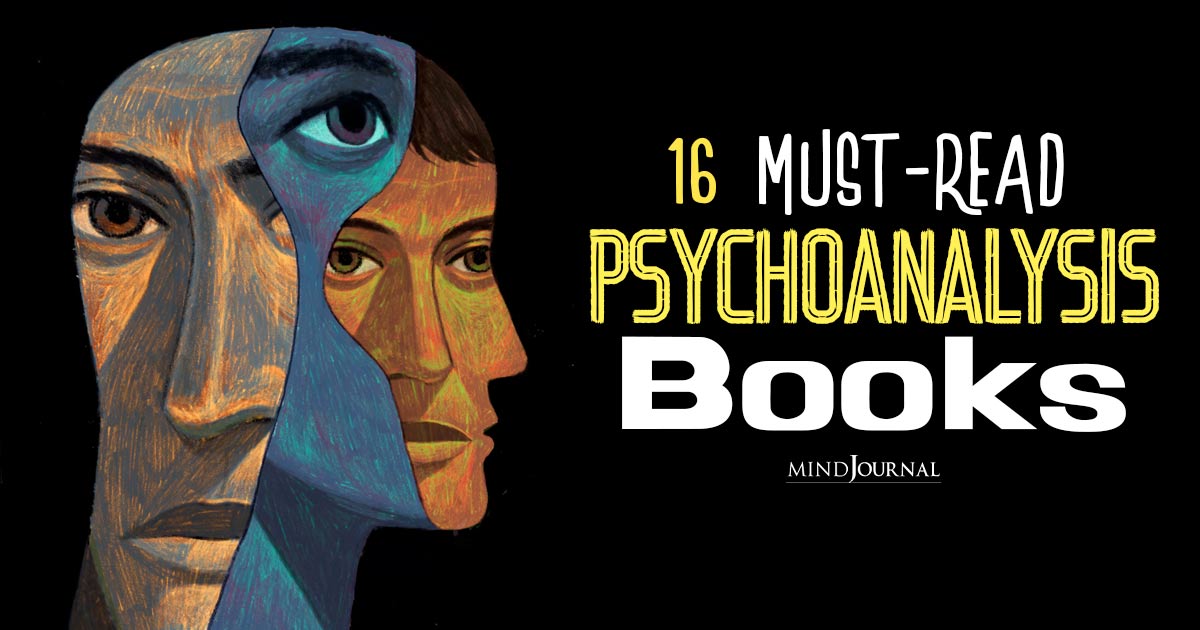
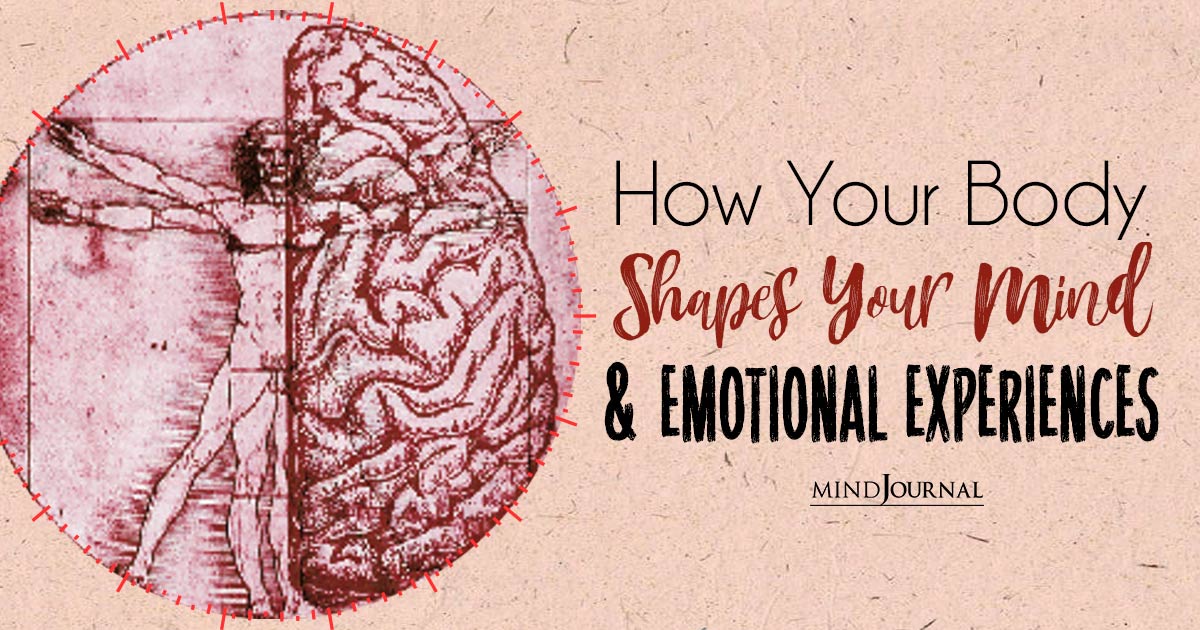
Leave a Reply
You must be logged in to post a comment.